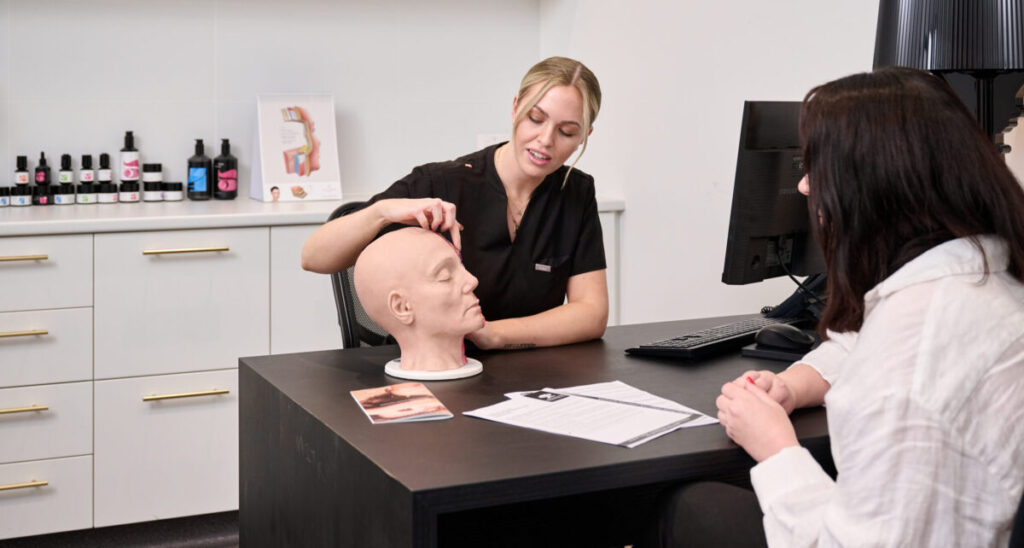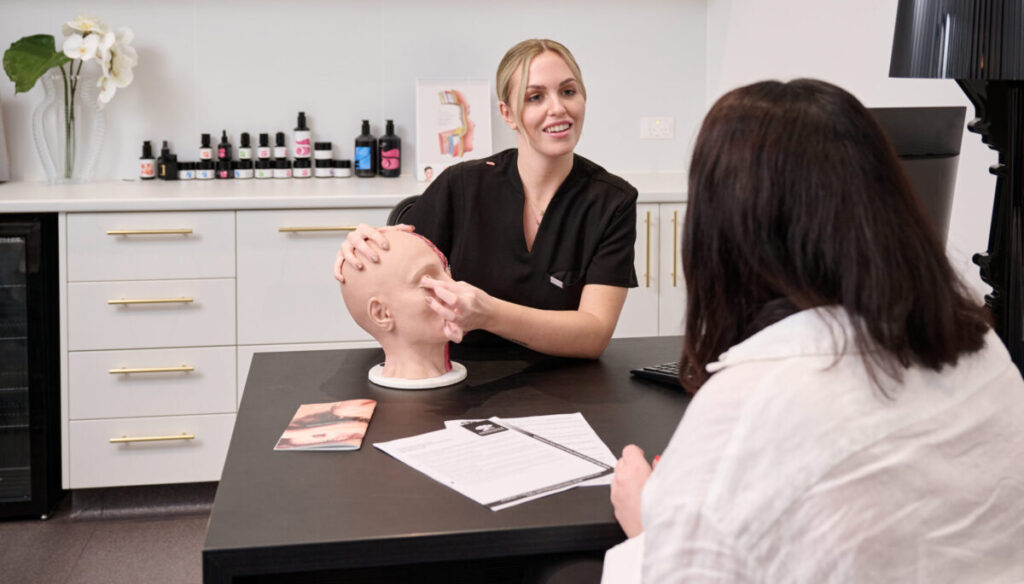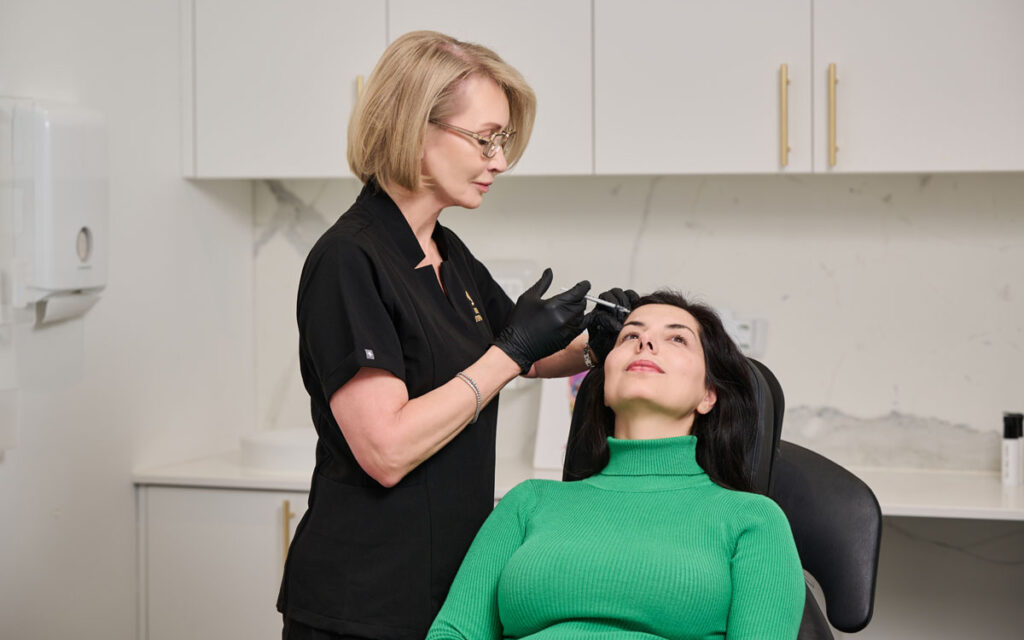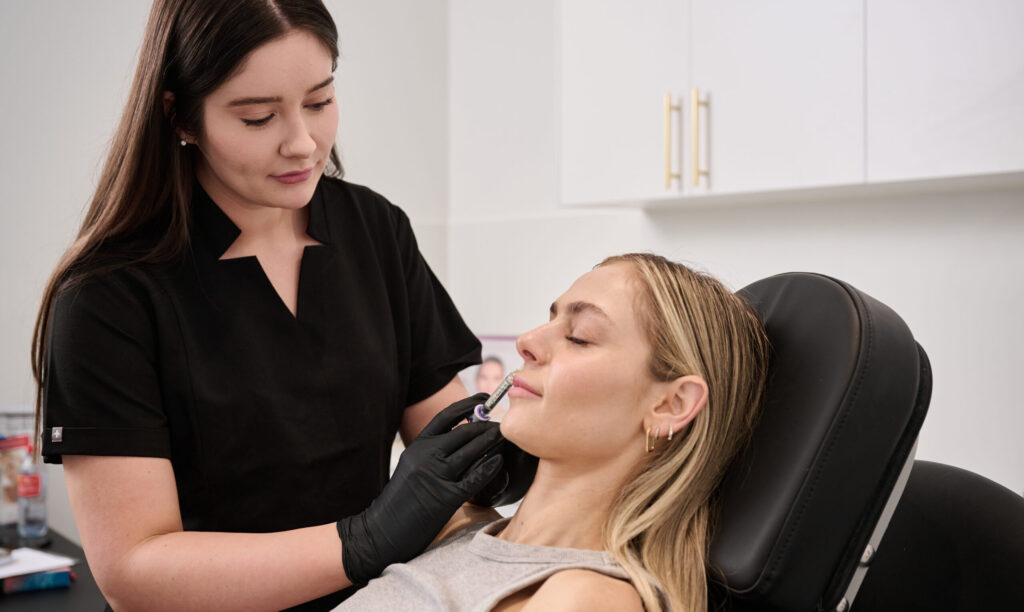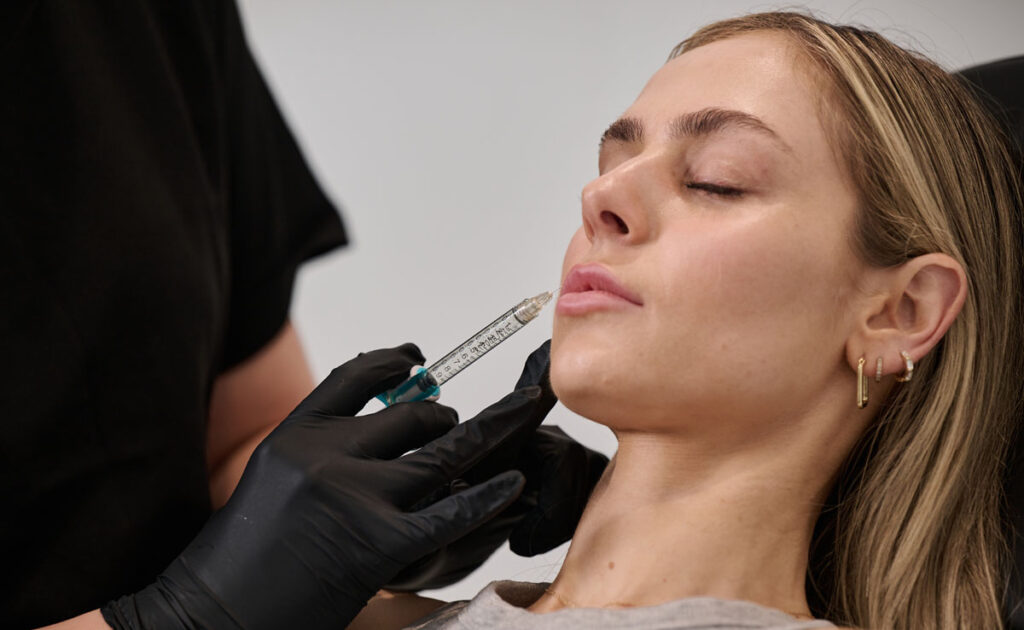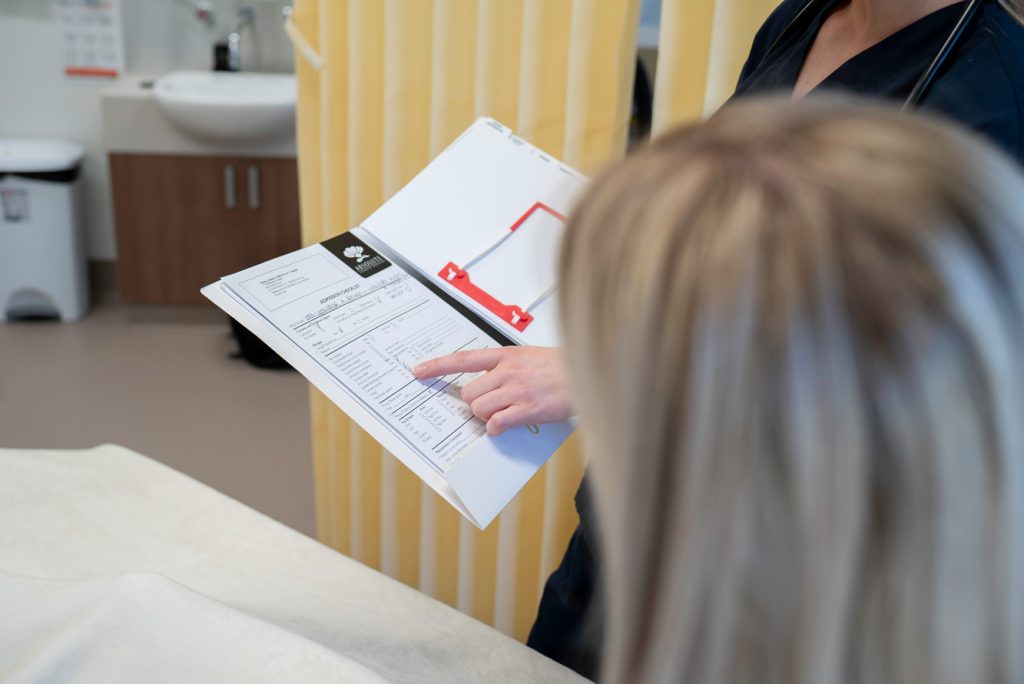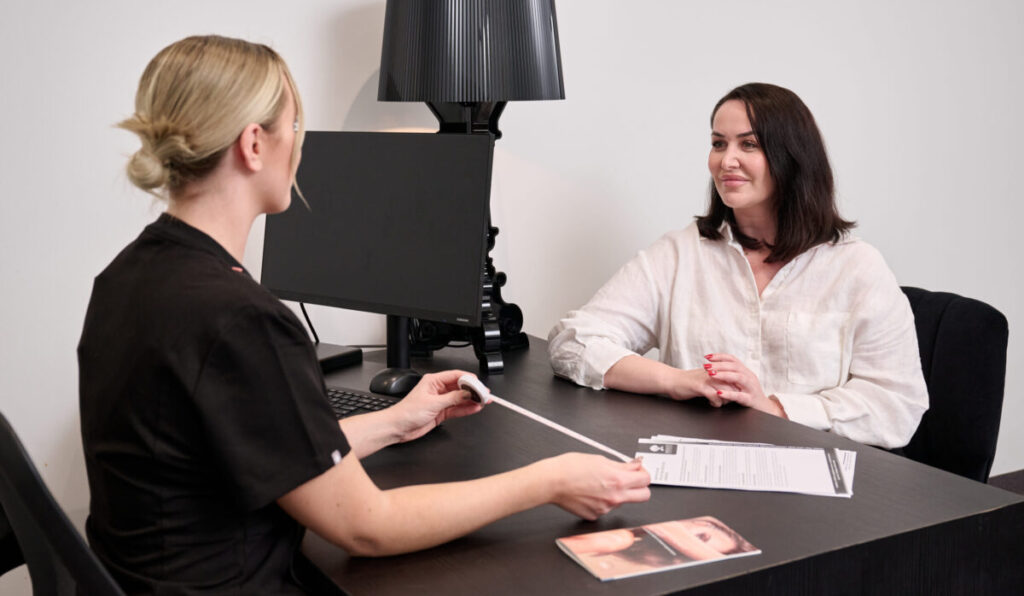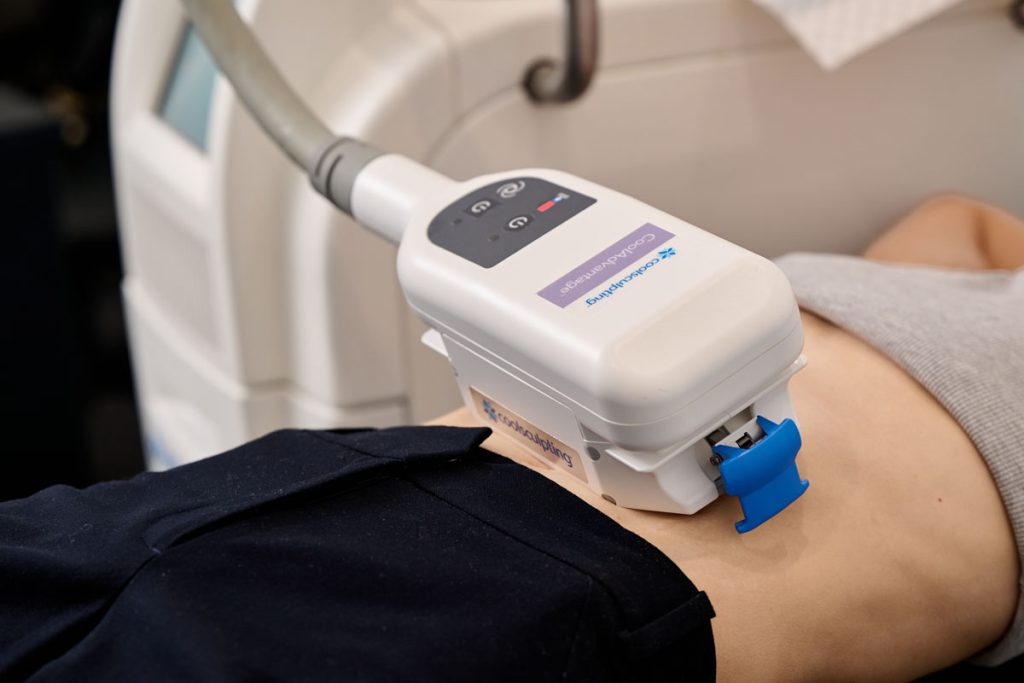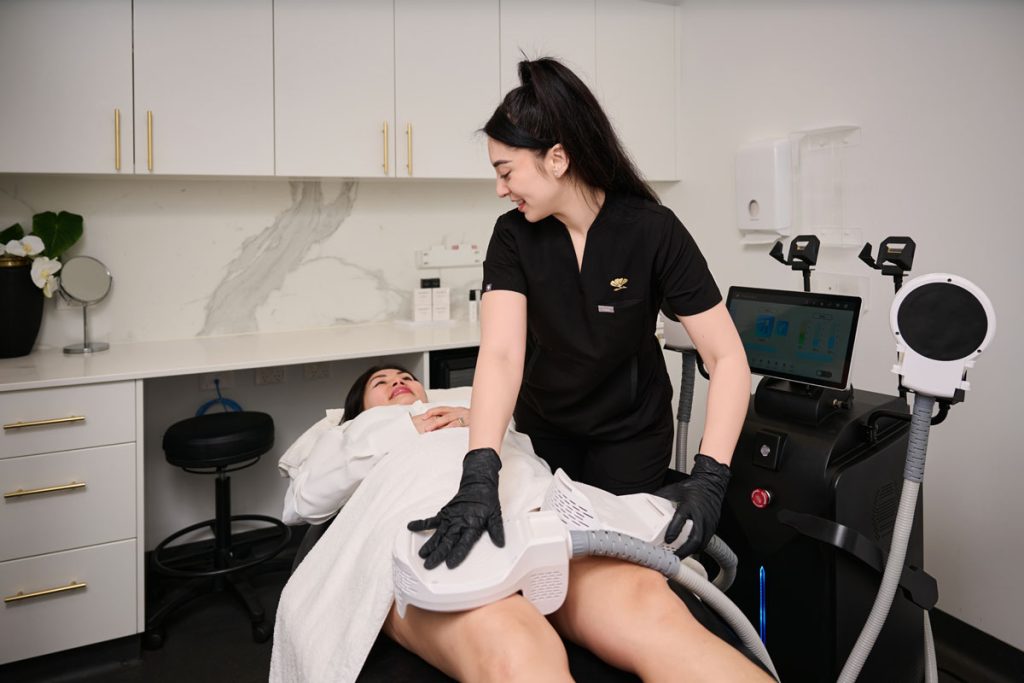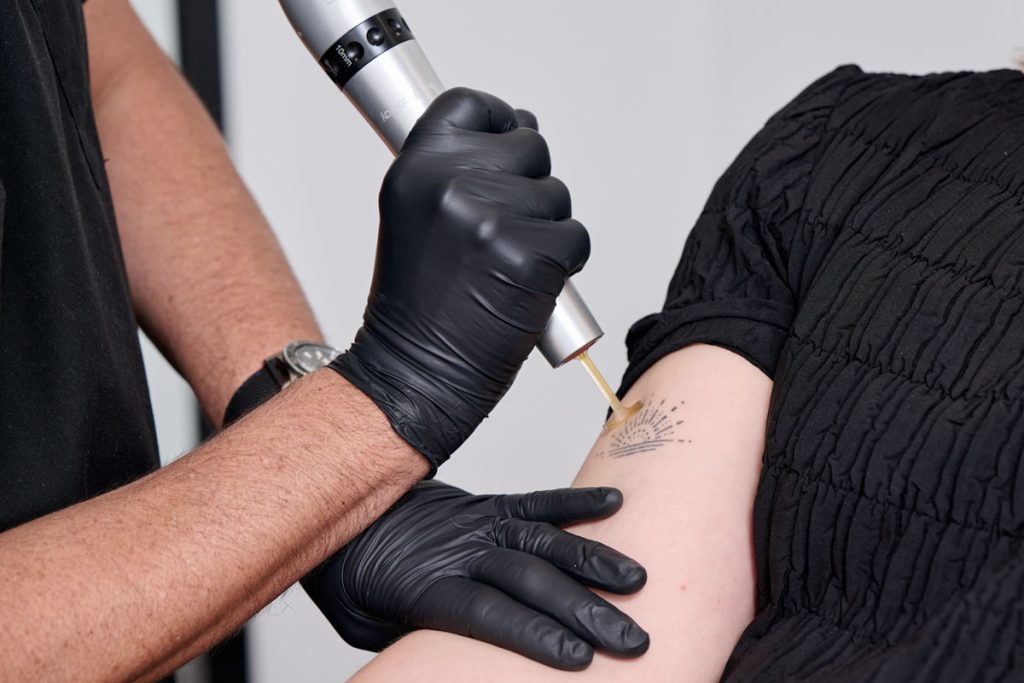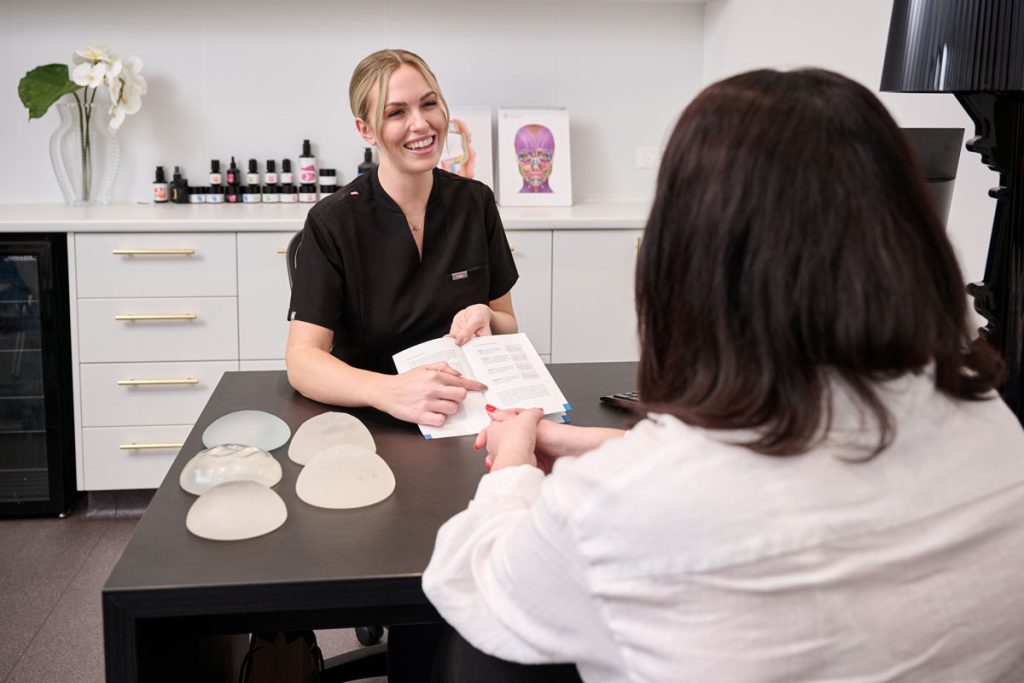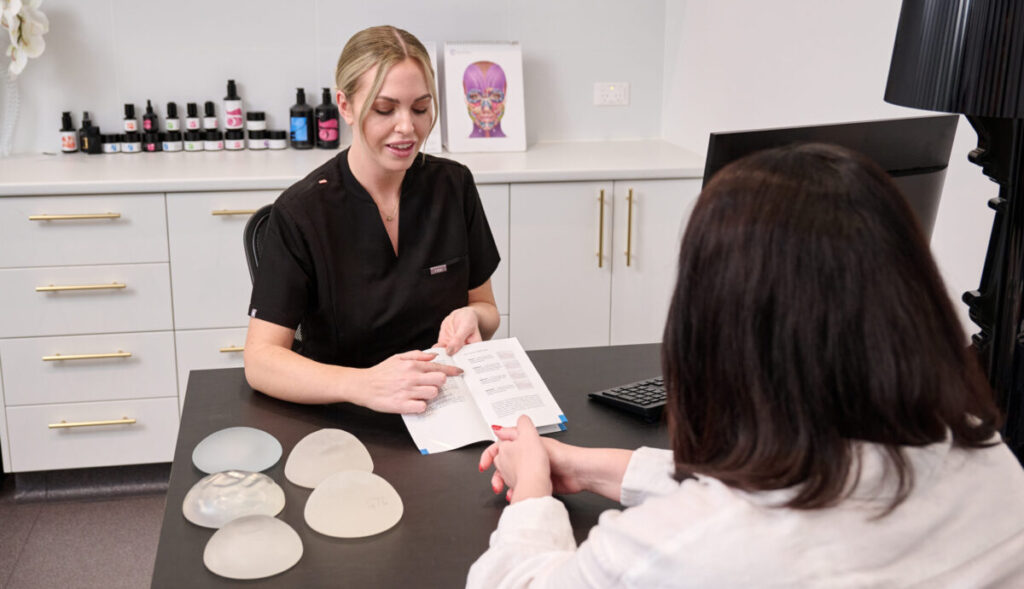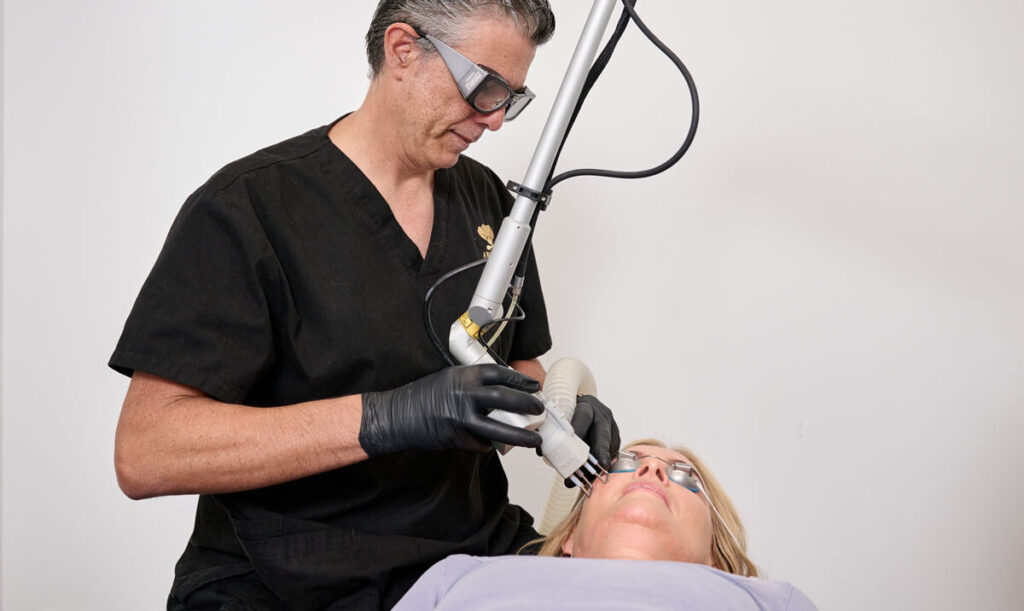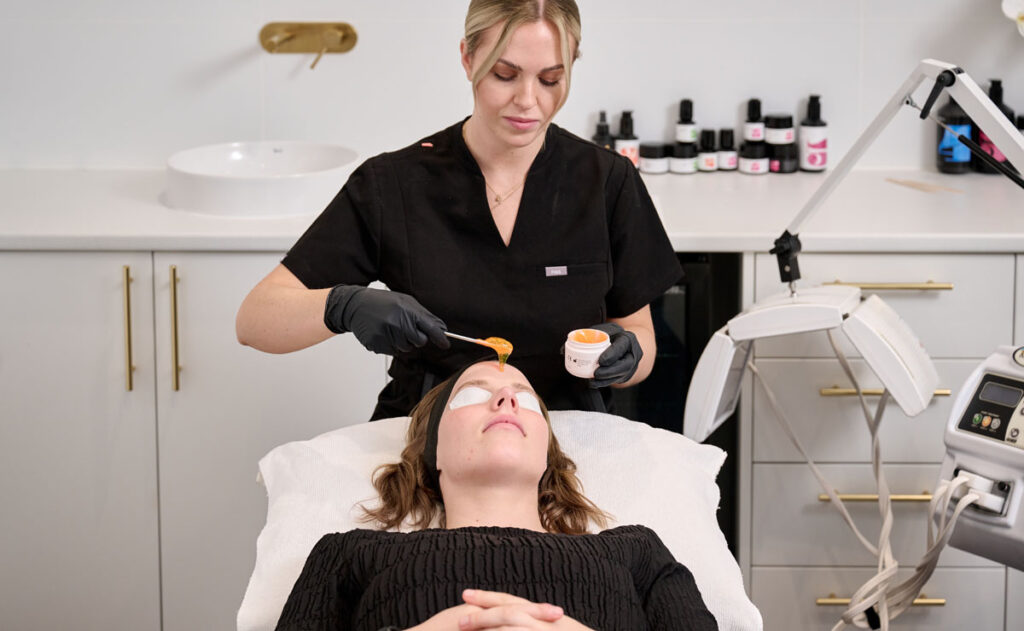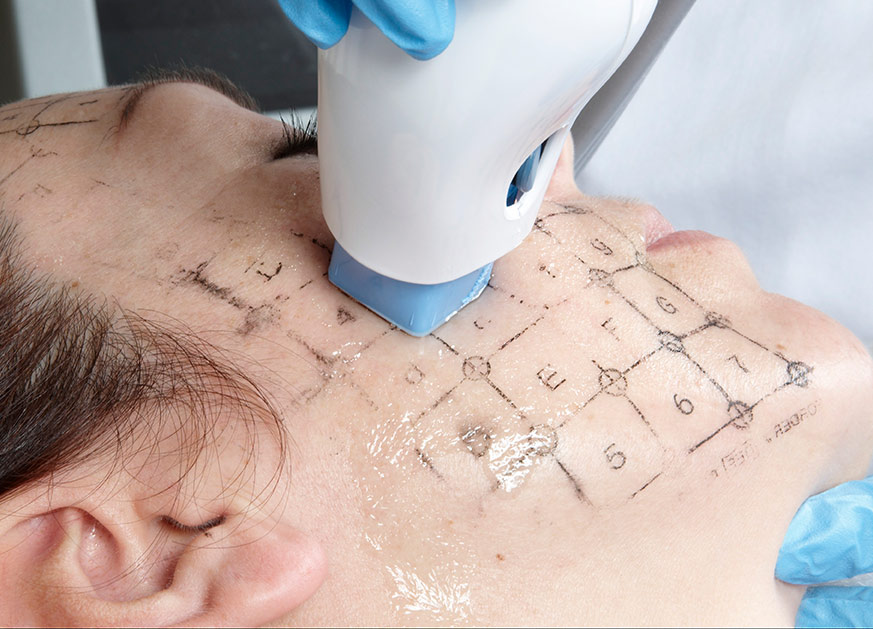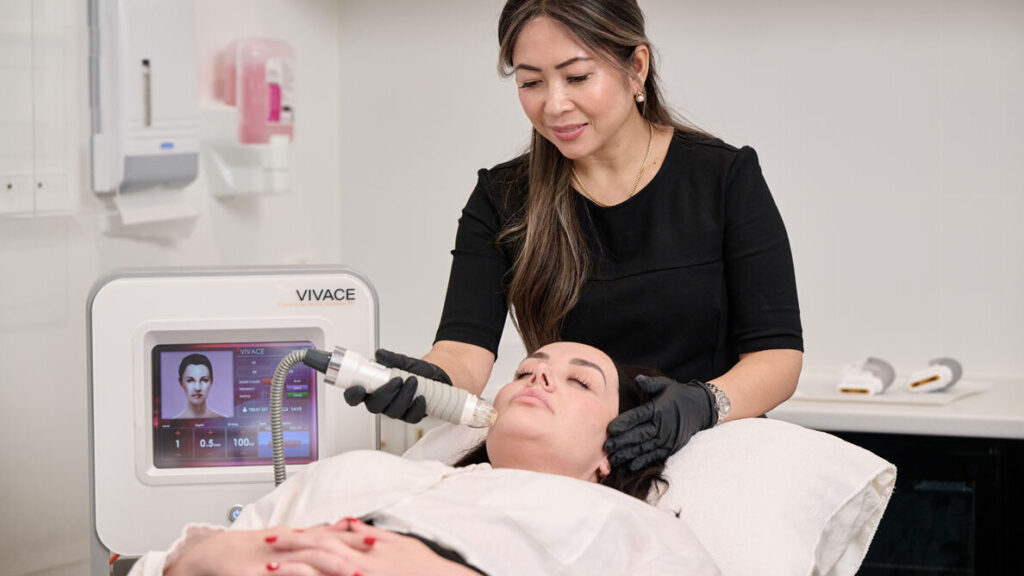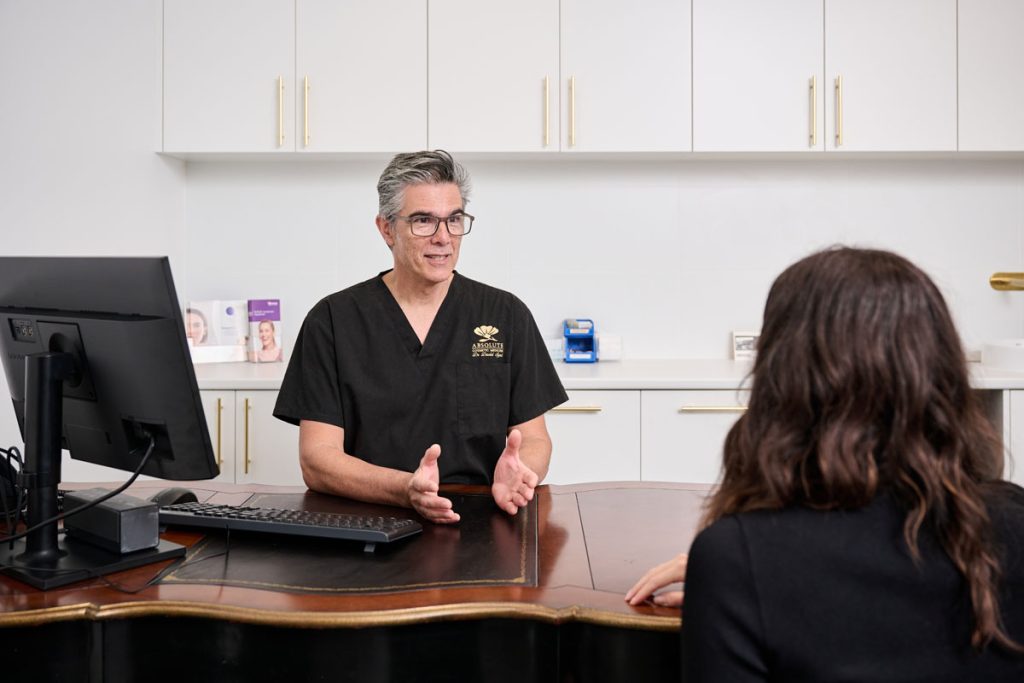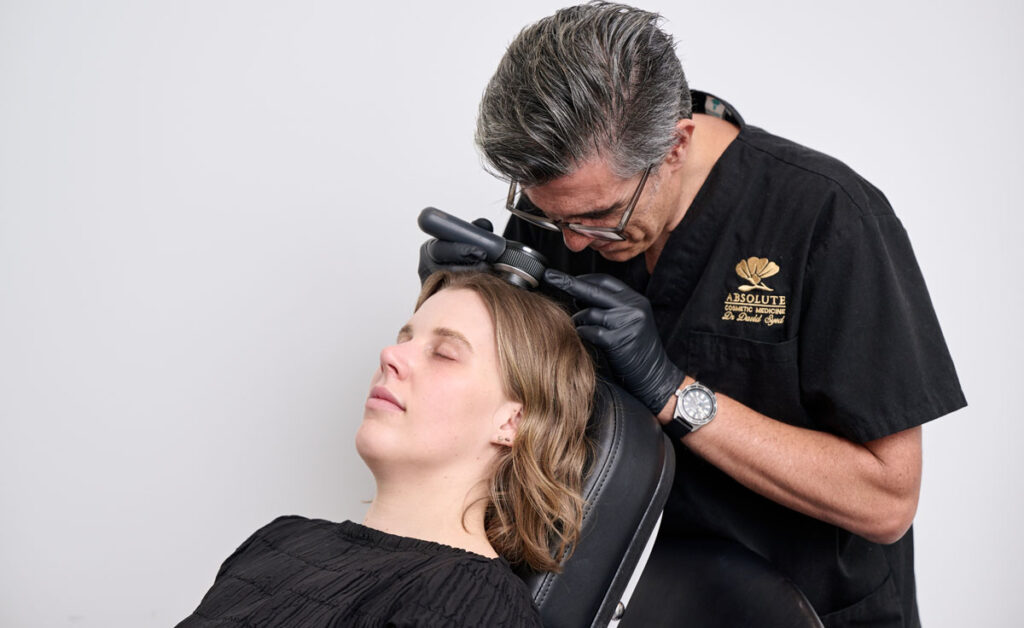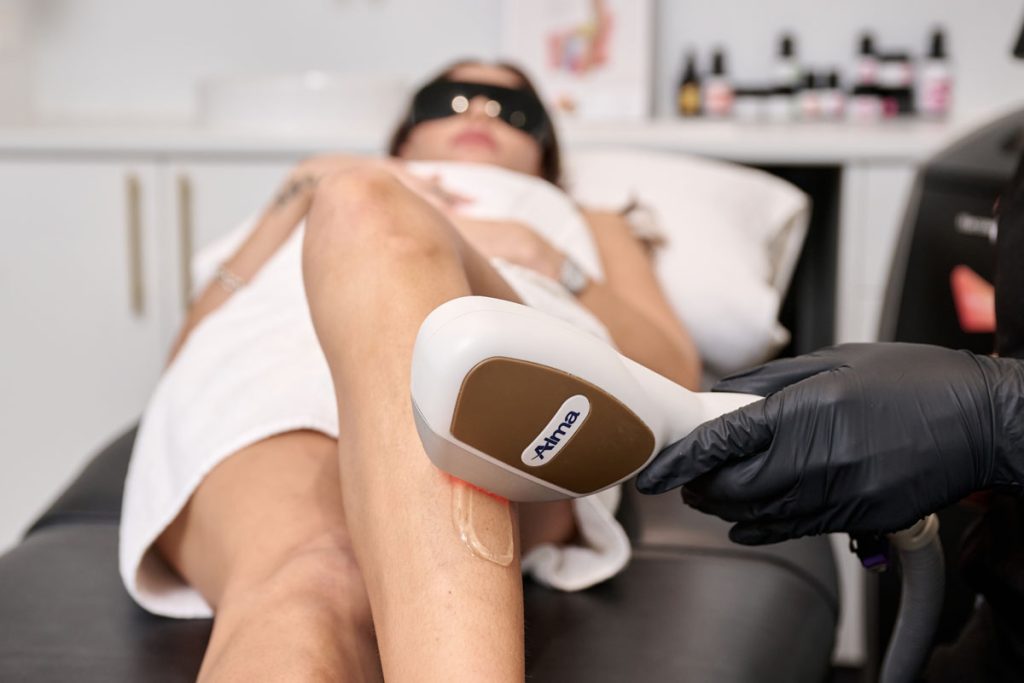- What is a “Normal Labia”?
The labia consists of the labia minora, majora and clitoral hood can also be included. Normal is a subjective term and there is a range of size and shapes throughout the population. As such, there is no “normal labia” just a variety in the anatomical structure.
If the patient is concerned regarding size and shape, then this should be addressed sensitively. Concerns can be of appearance, function and symptomatic problems.
- Who Should Not Undergo Labiaplasty?
This is a very difficult question to answer;
Anyone with unrealistic expectations, psychological disturbances that cause an incorrect assessment of the labia, or those unsurely pressured by others and outside sources.
- What Does Labiaplasty Address?
Labiaplasty can address excessive size, asymmetry and irregular shape of the labia minora, majora and clitoral hood. The clitoral hood is a very important structure; the least amount of adjustment to this area the better, as sexual function can be disturbed.
- Can a Perfect Labia be Created?
No, there are two main factors involved in the creation of the new labia. The first is the operative trimming of the labia can be difficult in some patients, additionally, the healing process may be uneven on both sides due to many factors and revision surgery needed; in some cases, complete symmetry will not be achieved.
- How is the Procedure Performed?
The procedure can be performed under local, although we prefer to do this in a fully-Health Department Licensed clinic with sedation for greater comfort. It is performed as a day procedure, where a carer is required to pick you up and monitor you overnight.
- Is it Painful Afterwards?
The pain scores for this procedure are usually 2/10, although this can vary; and over activity can aggravate this discomfort.
The pain immediately after surgery should be 0/10 as the area has received local tumescent anaesthetic. You will be given a script for pain relief that you can take to manage your pain, post operatively.
- Can Fat Transfer be Added to the Procedure?
Yes, fat transfer can be used when the labia are long but thin and wasted. This will give a healthier, fuller appearance and take up some of the excess volume.
- Are Sutures to be Removed in One Week?
No, in most cases the sutures used are internal and dissolve with minimal need for removal.
- What is the After-Care for the Procedure?
The patient must be seen Day 1, Day 5- and two-weeks post-surgery. The patient must have 3-7 days off work, depending on swelling and level of activity. Light exercise is allowed at 2 weeks, although activities such as running, and swimming should be avoided for 6 weeks. The use of tampons, sexual toys and the act of sexual intercourse are to be avoided for 6 weeks.
- When can Sexual Intercourse Occur?
On average, sexual intercourse should be avoided for six weeks; although this can take up to a few months if there is excessive swelling and tenderness. Intercourse must be gentle and sensible, having in mind that surgery has been performed.
- Why is Labiaplasty so Controversial?
A controversy centers around the genital mutilation issue in some cultures. We consider the labia to be anatomy and should be sensibly assessed as such. If there are physical or psychological concerns regarding the labia, this should be taken into consideration. Pressure from social media or a partner is not a good reason to perform this and in the recent gender debates, this has been included as a concern for those seeking the procedure.
For more information regarding risks, please see our page about Labiaplasty. You can book a consultation with Dr Murray, following obtaining a GP referral to discuss any questions or concerns.
*It’s important to recognize that any cosmetic surgical or invasive procedure comes with inherent risks and the possibility of complications. Therefore, before moving forward, we strongly recommend that you allocate time for thorough research, self-education, and consider seeking a second opinion from a qualified practitioner to make an informed decision.

